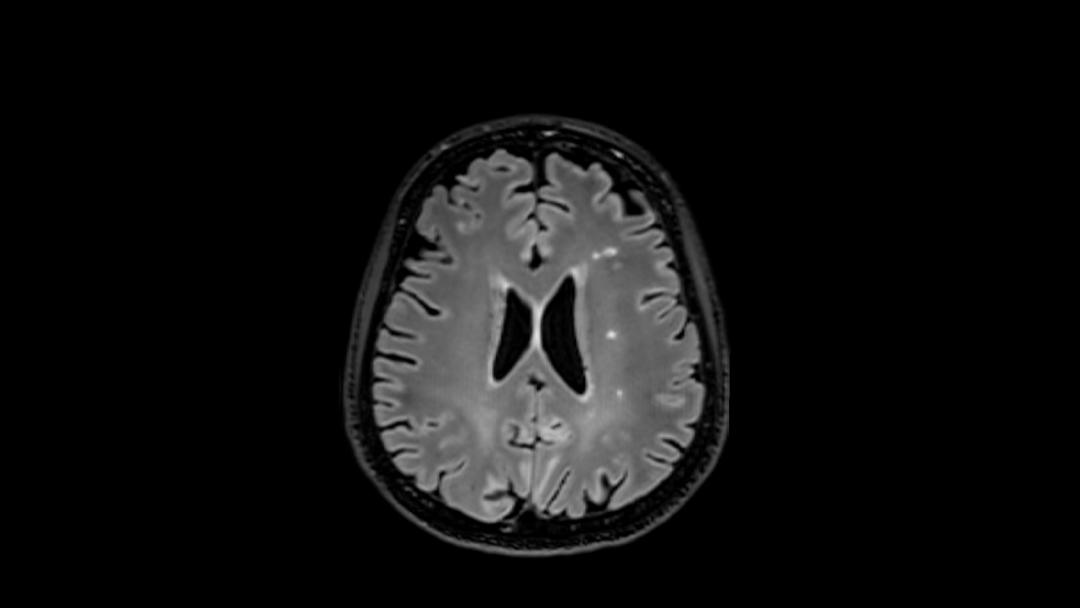
Pushing the boundaries in multiple sclerosis research
Clinicians and researchers are pioneers whose insights help us better understand and diagnose challenging diseases like cancer, neurodegenerative diseases, and complex musculoskeletal conditions.
Professor Matilde Inglese, MD, PhD, is one such pioneer.
MS is a multifactorial condition where both genetic and environmental factors could increase the risk of developing the disease.
Professor Matilde Inglese, MD, PhD, Professor of Neurology, University of Genoa, Italy, head of the Multiple Sclerosis (MS) Center, IRCCS Ospedale Policlinico San Martino



The product is still under development and not commercially available yet. Its future availability cannot be ensured.
The statements by Siemens Healthineers customers described herein are based on results that were achieved in the customer’s unique setting. Since there is no “typical” hospital and many variables exist (e.g., hospital size, case mix, level of IT adoption) there can be no guarantee that other customers will achieve the same results.














